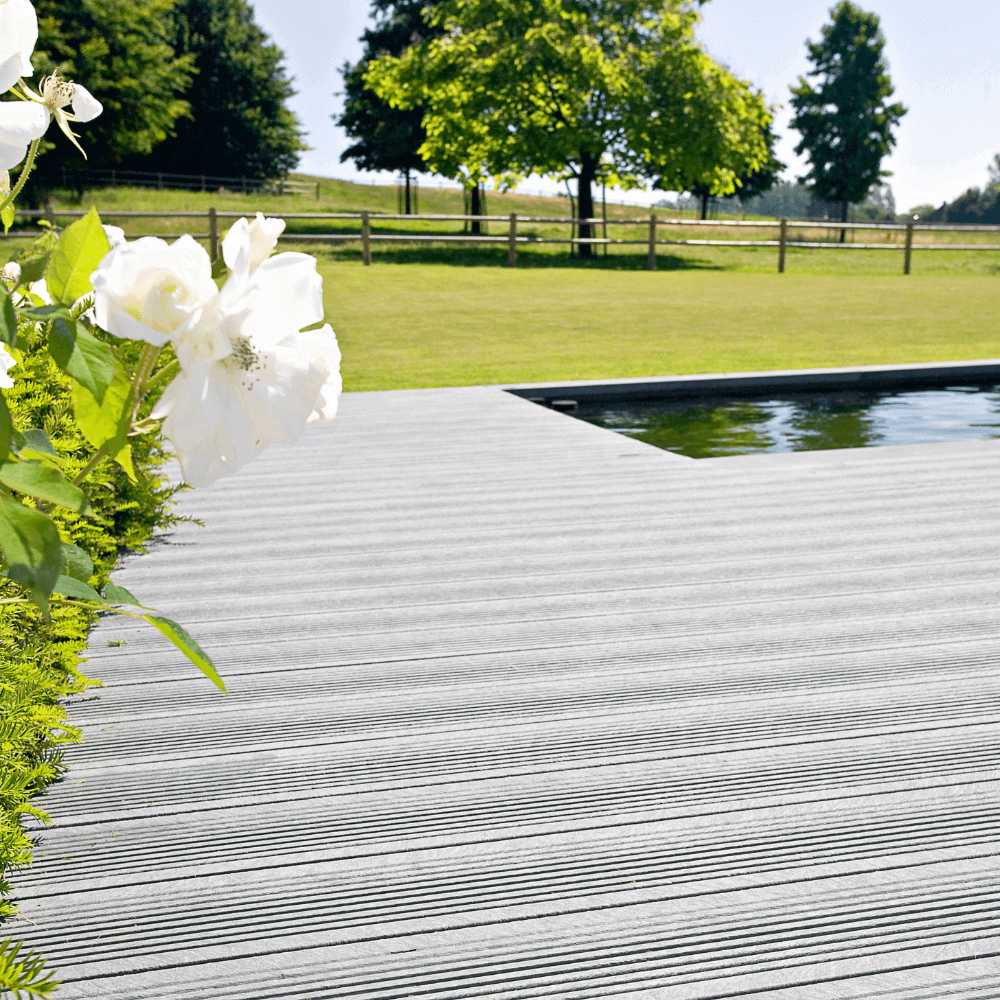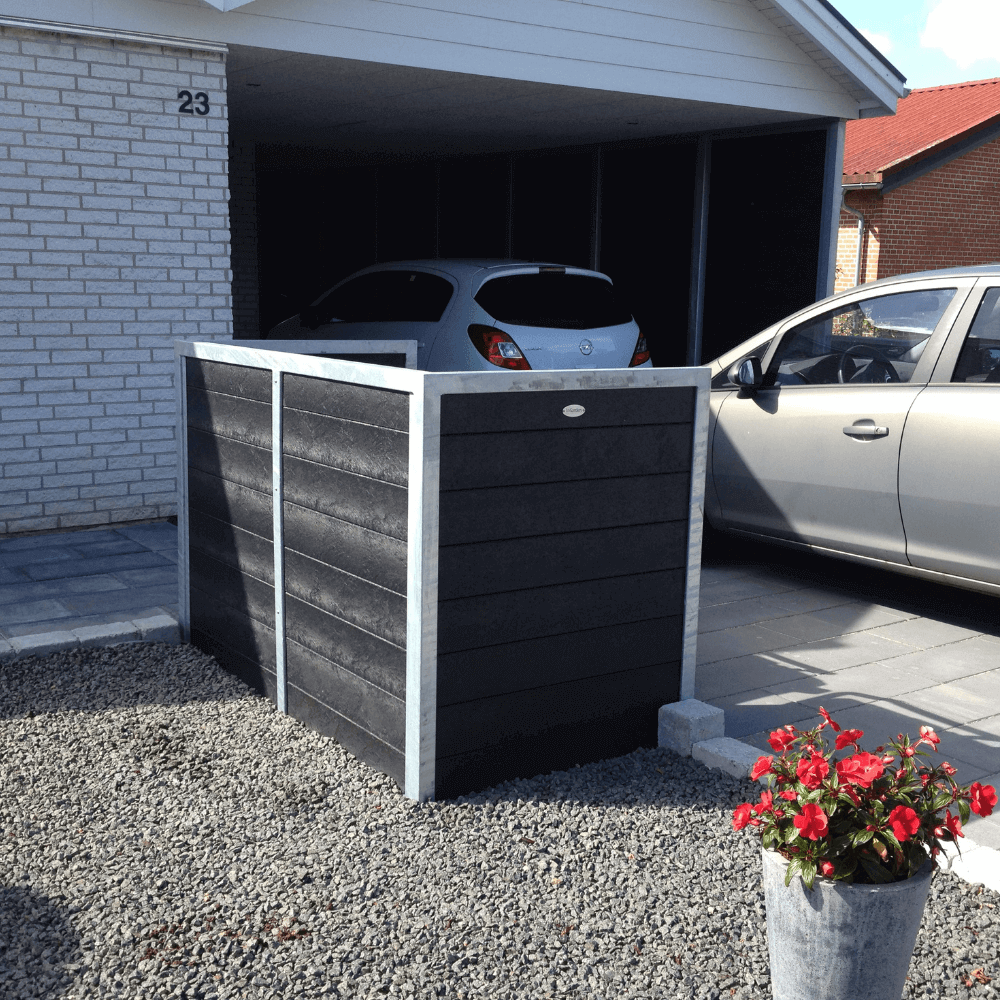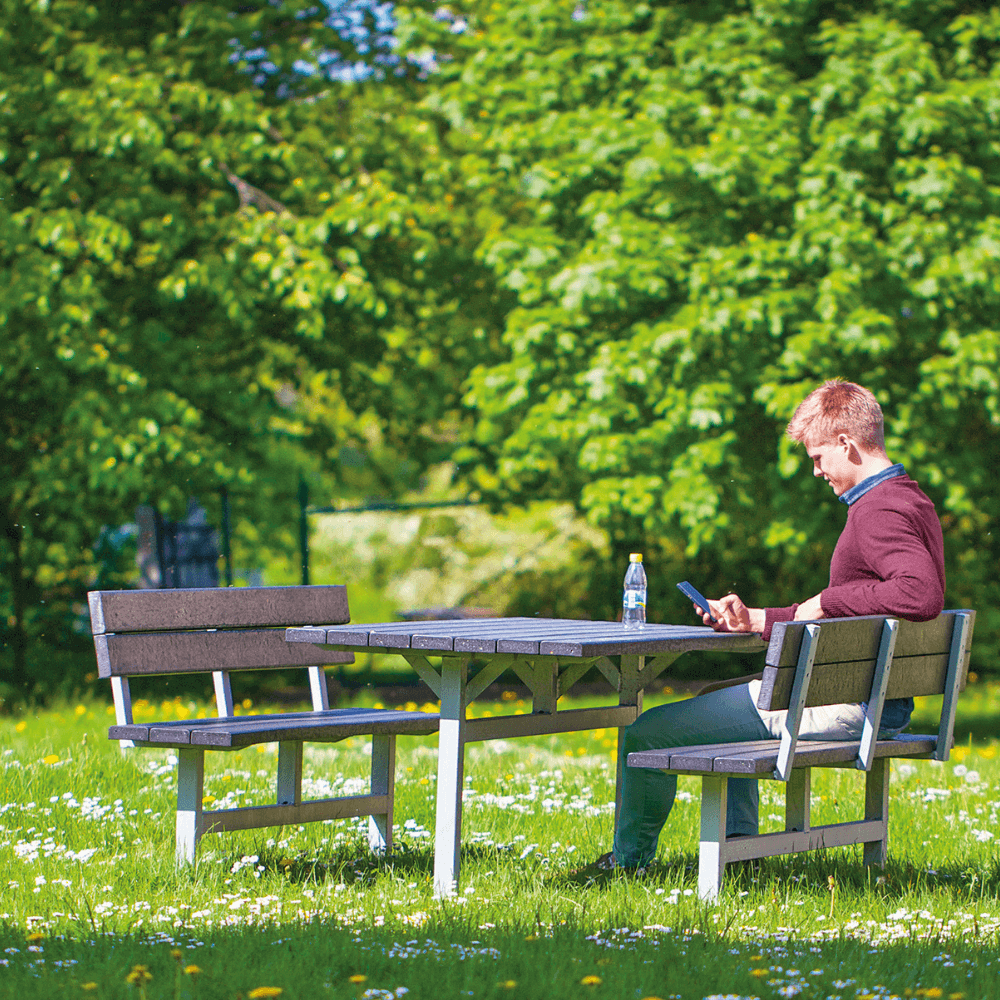Germination - this is done all year round
Germination is for me an activity that takes place all year round - of course with a few very active periods especially during spring, but in fact also in late summer.
When I remember back to my mother's kitchen garden, it started in the spring with preparing the ground the hard way - sod for sod - and then sowing in April. When the calendar showed September, the kitchen garden was closed and off . There is certainly nothing wrong with my mother's methods, I have just chosen a less physically demanding approach to the kitchen garden.
I only grow my kitchen garden in dig-free raised beds, where the plants are closer than the manufacturer prescribes, but where the yield is great and the season extends throughout the year in the majority of my raised beds.
The most risky period is most often in the seed / germination phase, where many have not tried to fight with mice or pigeons for the new sown pea seeds - and I have had countless sprouts eaten by snails faster than they can reach and germinate. It is one of my primary reasons for germinating all the seeds I can find room for in the basement, greenhouse and potting shed.
It is important to choose the right sowing soil, suitable pots and the perfect sowing method if you are to be successful.
Sowing soil
Sowing soil can be bought in many varieties, just as you can make your own sowing soil from compost - and you can buy yourself poor before you find the right one. I use an organic sowing soil with a fine structure without large plant parts (branches, clumps) - it is important that the soil does not compact hard during watering, because it prevents the sprouts from pushing through the soil.
Seed trays
When I choose seed trays, I have chosen uniform sizes - I use a lot of different types of pots and seed trays, so it is important to me that they are easy to store.
But honestly pots from pansies, grape trays, trays from cherry tomatoes and milk cartons - everything works as long as there are drainage holes, good soil and not too much water. Grape hills, for example, are a small mini-greenhouse in themselves.
Sowing methods
1. Broad sowing
Very suitable when you sow many that the same plant and the seeds are quite small and almost impossible to sow individually. Stimulates when the first permanent pair of leaves is visible.
I use this method for salads, leeks, celery and physallis / pineapple cherries, among other things.
2. Direct sowing
Is a good method if the seeds either germinate very quickly or do not like to be moved after sowing. For me, it's about radishes, radishes, root vegetables.
3. Sowing in seed trays / pots
I sow many of my seeds individually in seed trays or pots because it saves the first repotting - and it's easy with the slightly larger seeds like cabbage, tomato, lettuce, beetroot, Asian greens, chili, aubergines. It takes a little longer to sow, but you save time at the other end.
4. Module sowing
Is a great method for efficient cultivation of many crops in the raised beds, plus several types of vegetables are suitable for growing together in small clumps in the raised beds.
You choose a suitable seed tray and sow 3-5 seeds of the same variety, it is a really good sowing method for beets, leeks, onions, radishes, spring onions, all of which grow well close together in small clumps.
The whole clump with the small plants is planted out in the kitchen garden at a suitable time in terms of temperature. It is a good method to prolong the harvest in a bed, where you continuously twist the largest vegetable gently out of the clump, and let the rest grow further.
5. Rootrainers or deep seed trays
Seed trays or roottrainers with deep pots are really suitable for the slightly large seeds that develop large roots and need a little extra space. I often use this type of seed tray for beans, corn, peas, cucumbers, melons, pumpkins or other larger plants.








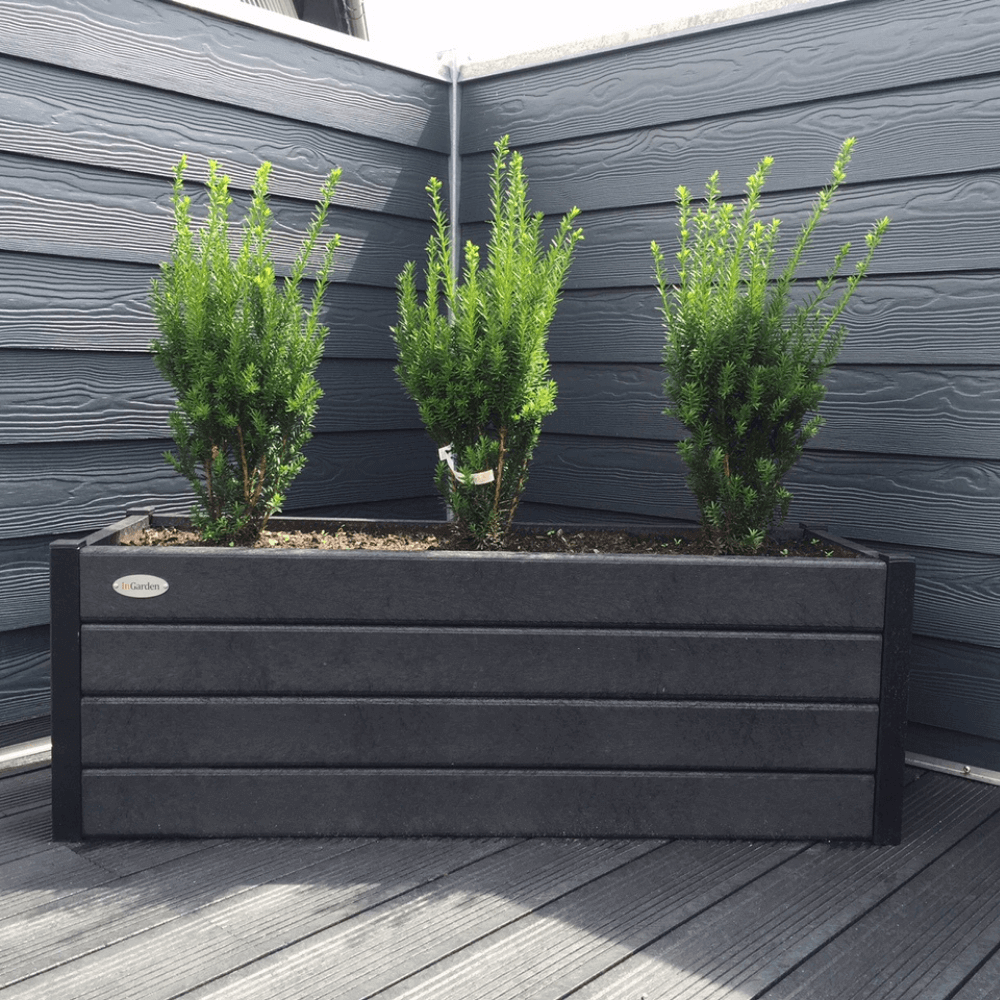
-1.backdrop.png)
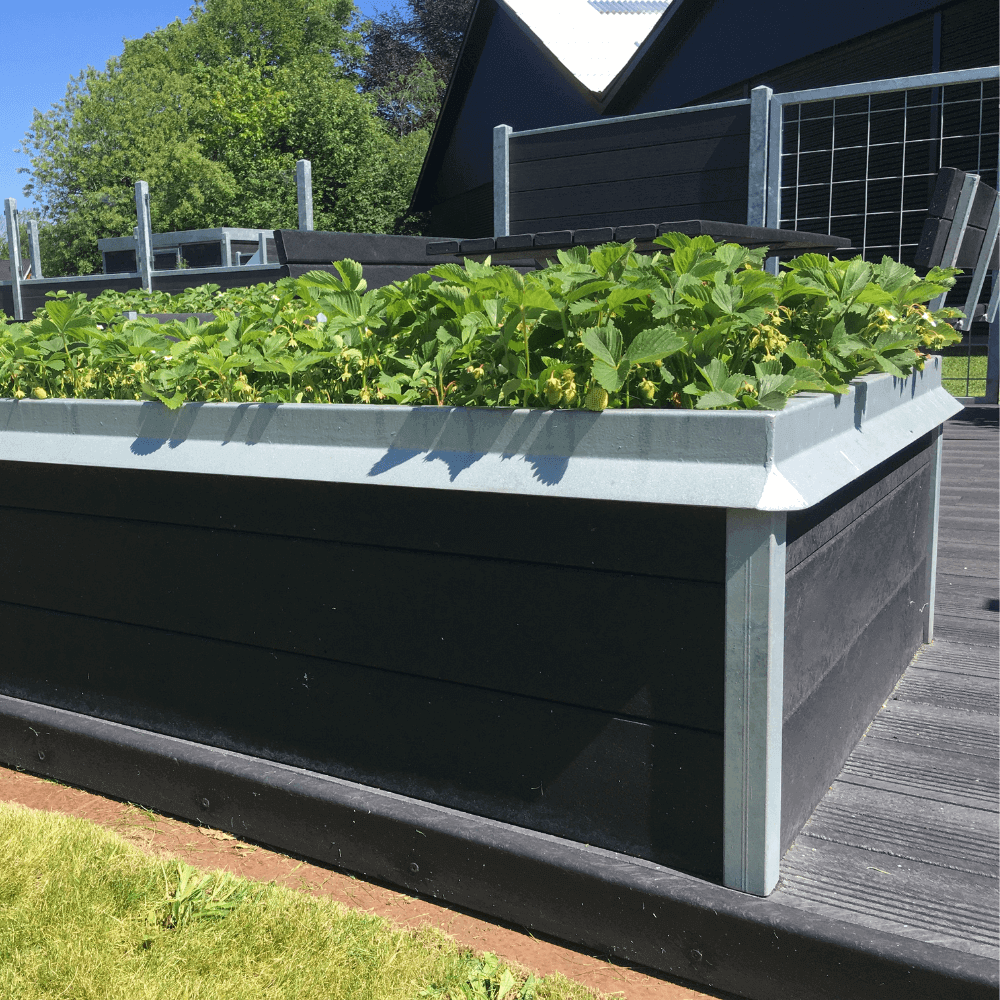
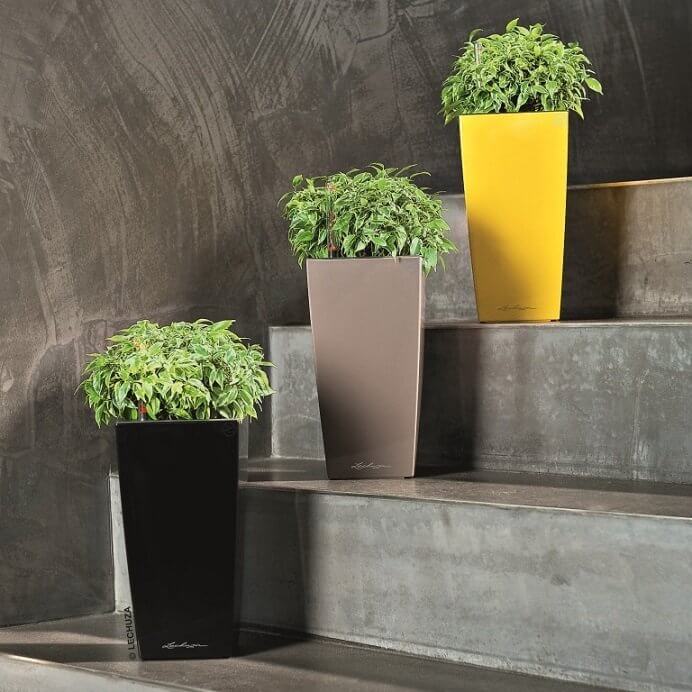
-1.backdrop.png)
